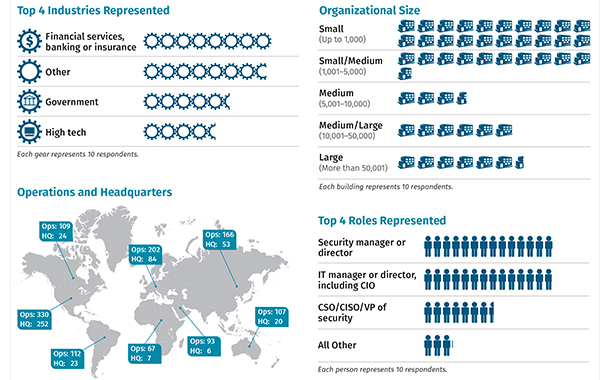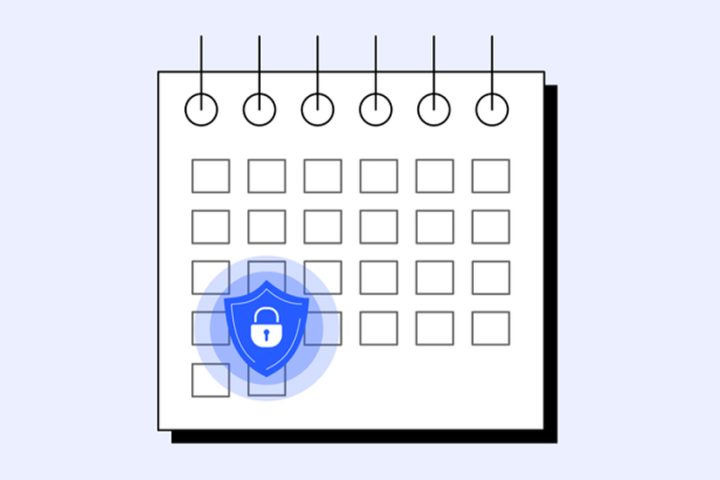The rapid migration to cloud-based technologies is the biggest disrupter worldwide of operations and a key driver when organisations plan their spending increases, according to the results of the latest SANS 2020 Cybersecurity Spending Survey.
Slightly more than 50% of respondents ranked the increased use of public cloud infrastructure-as-a-service implementations as the biggest disrupter to security programmes in the next 12 months. Based on that, 71% of respondents reported seeing a need to increase spending on cloud security monitoring, followed by cloud access security broker cloud-specific tools, 53%, staff skills training, 52%, and strong authentication, 46%.
Overall, 57% of respondents feel that out of people, process and technology, an increased investment in people would provide the biggest improvement to their overall security posture, followed distantly by process, 19%, and technology, 18%.
In a series of follow-up interviews with selected survey respondents, security managers recognise the need for upskilling to increase retention rates, which improves both effectiveness and efficiency. Increased skills around new technologies and new security techniques is also required to enable any use of security automation technologies, which were not highly cited for spending increases in 2020.
Strong authentication, the fourth most highly cited area of planned new spending, points to the recognition that the majority of damage from breaches and ransomware attacks in the past year were enabled by the use of reusable passwords that were easily captured via phishing attacks. CEOs and boards of directors are backing security teams in overcoming obstacles to implementing multifactor authentication.
“The SANS survey showed that rapid movement of corporate services and business applications to cloud-based technology is the biggest factor causing breakage in existing security architectures as well as driving most new security spending,” says John Pescatore, SANS Director of Emerging Security Trends. “Cloud monitoring and cloud security access controls were the top two spending areas, followed by spending to increase security staff skills to deal with new technologies, such as the cloud, and to keep up with changes in regulations as well as new threats.”
“Managers see increased and refreshed skills in their existing staff as being significantly more critical than simply increasing headcount,” according to Barbara Filkins, SANS Analyst Programme Research Director and author of the report. “The fact that respondents prioritise increasing staff skills significantly over increasing headcount to deal with disruptive technologies, especially when faced with escalating privacy regulations and fines worldwide, is not surprising. Business use of IaaS and hybrid cloud requires re-architecting security controls and integrating with CI/ CD methodologies.”

























